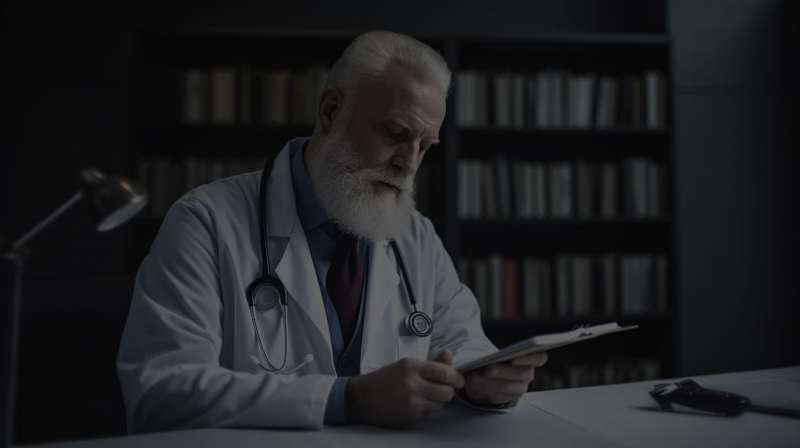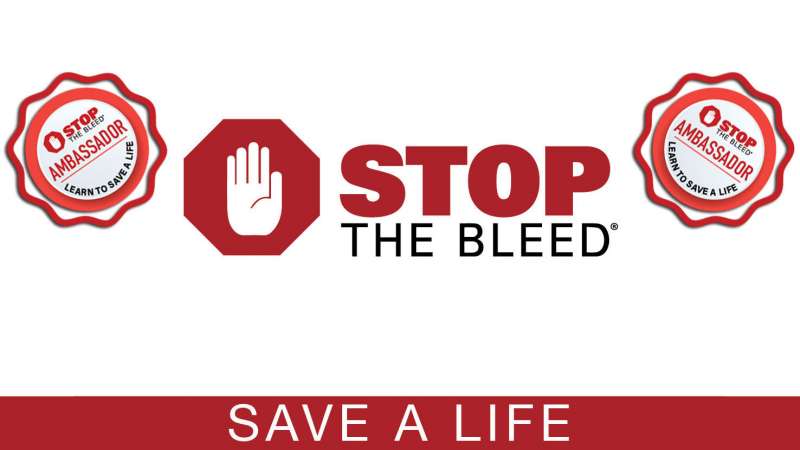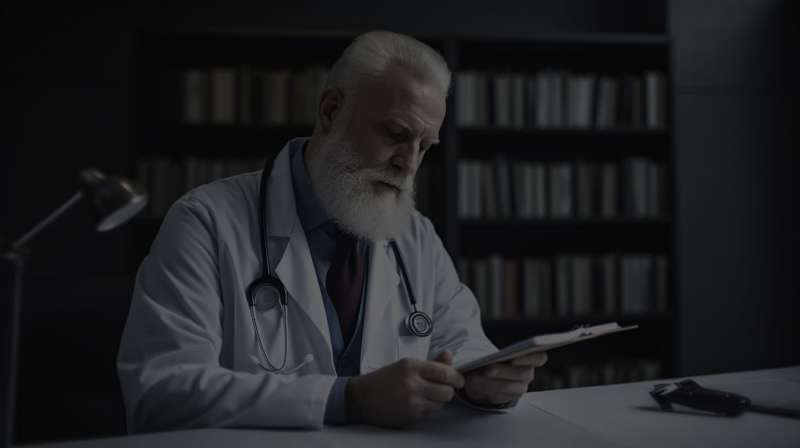Table of Contents
As of writing this article (Feb 10, 2020), Bangkok is in the midst of a Corona Virus panic. This is resulting in price controls being implemented on respirators and face masks. Let’s focus instead on a bigger threat to your long term health: air pollution and PM 2.5 particulates in the air.
PM 2.5 Air Pollution
Before the hype of the Coronavirus “outbreak” Bangkok was (and still is) engulfed in a murky haze of PM 2.5 air pollution. Mostly blamed on agricultural slash burning well to the north.
This burning is sending dangerous respirable particles (less than two and one-half microns or less in width) down to the capital, on the prevailing winds.
The public is being warned (rightly so) to wear protective masks. They are also warned to avoid strenuous outdoor activities, especially for those who are sensitive to, or at risk of lung illnesses.
Wearing a mask that is NOT rated to filter out PM2.5 is a waste of time and money and will just serve to hide your beautiful face.
IMPORTANT note: Surgical masks won’t work, neither will masks that are not properly fitted and that allows air to enter your respiratory system around the sides of the mask.

Air will take the path of least resistance when you breathe in. Fashionable Pitta masks will not work unless they are rated and approved for PM 2.5. Be certain to replace your PM2.5 masks every few days or when you notice that they are becoming difficult to breathe in.
Okay, so that’s the discussion on masks. But for most people (excluding Traffic Police, construction workers, street vendors, motorcycle taxis etc), the journey outside is only a temporary part of our 24 hour day.
How is this micro dust affecting your health?
So what is actually happening to your lungs and what exactly is your risk? Firstly, you need to understand how your respiratory system works when filtering out particles that enter it.

In very simple terms, your nose and throat are designed to filter out larger particles of dust. This is done by trapping dust in nose hairs, mucus and in the cilia of the throat area where it can be coughed up and removed.
Masks not rated for PM2.5 will also catch some of that particulate but its the small particulate stuff you need to worry about.
Particles less than 2.5 microns in size will make it all the way into the bronchial and alveolar regions of the lungs, where the gas exchange happens and oxygen enters your bloodstream through a network of capillaries surrounding the alveolar sacks.

When particles get as far as the alveolar region of the lungs, the immune system goes to work. Killer cells called macrophages ingest the particles, and it is eventually coughed up as sputum.
The problem is, that when there is too much work to do by the immune response system, there can be permanent scarring of the lungs at the alveolar region causing chronic obstructive respiratory disease (COPD) or worse (i.e. cancer).
COPD includes diseases like chronic bronchitis and emphysema, which make even doing simple tasks, very difficult to breathe. Now that you understand what it can do you need to understand that the body is quite resilient. The immune system, most of the time, does what it is supposed to do and so you should be safe.
Importantly, you must also understand that exposure time and concentration of dust respiration, is most important to understand your risks for COPD.
If you are only exposed to it for short periods of time and the concentrations are not too extreme, you will probably be OK.
COPD can take many years to develop (up to 20 years) or it may not develop at all. In the world of health and safety, we measure air particulate concentrations and calculate the 8-hour time-weighted average of exposure. This method is used to help determine the correct respiratory protection strategies.
Here is a bit more technical information on how dust can affect the lungs. Now, let’s discuss the exposure time.
Exposure Times to PM 2.5 Particles
We get daily reports on the AQI air quality index, but we need to think about how much daily exposure we have to that bad air.
- When driving, keep the mask on, especially while stuck in traffic.
- Keep doors and windows at home and at work, closed to the outside air pollution
- Consider purchasing good quality air filtration and purification devices for your household and office environment, especially for your bedroom.
- If you smoke, consider this a good time to quit
- Children and the elderly are most at risk from air pollution. Be sure to place good HEPA air purification systems into their room. You may also want to consider applying 3M Filtrete™ to the filters on your air conditioners.
By using suitable indoor air filtration/purification strategies, you are probably protecting yourself from 90-95% of your exposure time to this dust.
Samsung’s Cube AX9500 air purifier is one of the best you can get and is perfect for the average-sized bedroom. They are somewhat expensive but much cheaper than contracting COPD. They also have a pretty cool app for the phone to let you know about the quality of the air in the room.
If you haven’t done so already? check out this article that discusses the Bird/Loftus model on Why Accidents Happen in the workplace! You may be surprised to hear that effective and proactive Leadership in safety cultures plays a large role in preventing accidents.
Emergency First Response courses have been approved and meet the following organizations’ guidelines for CPR and First Aid training in Australia, United States, and the United Kingdom
Asia and the Pacific Islands
- International Yacht Training (IYT) in the Asia Pacific region
- Philippine Heart Association Council on CPR
- Korean Body Guard Martial Arts Association & affiliates, South Korea
- Dream & Green Tour, South Korea
- Sport For All – Korea Handball Federation, South Korea
- Yacht N Company, South Korea
- Young Jae Art & Craft School & Boy & Girl Scouts, South Korea
- Yangchun-Gu Hapkido Association, South Korea
Australia and New Zealand
- International Yacht Training (IYT) in the Asia Pacific region (incl. Australia and New Zealand)
- Australia Council for Teaching Swimming and Water Safety (AUSTSWIM)
- Australia Nationally Recognised Training to Provide First Aid and other first aid related courses when conducted through PADI Asia Pacific’s Registered Training Organisation (RTO ID#6729)
- Australia Nationally Recognised Training to Provide First Aid and other first aid related courses when conducted through PADI Asia Pacific’s Registered Training Organisation (RTO ID#6729)
Europe, Middle East, Africa and Russia
- British Canoe Union (BCU)
- Duke of Edinburgh’s Award – United Kingdom
- Espirito Santo Fire Department, Brazil
- Féderation Suisse de Vol Libre
- Health and Safety Executive (Great Britain) and (Northern Ireland) for first aid in the workplace
- Italian Resuscitation Council
- Northwest (UK) SureStart Care for Children
- Schweizerischer Hängegleiter-Verband
- Scouts Association U.K.
- SEMICYUC Sociedad Española de Medicina Intensiva, Críticos y Unidades Coronarias (Member of Spanish Resuscitation Council)
- SkillsActive – United Kingdom
North, South and Central America
- Aerobics and Fitness Association of America (AFAA)
- Alaska Department of Health and Social Services
- Alberta, Canada for Workplace Health and Safety
- American Camp Association
- American Council on Exercise (ACE)
- Board of Massage Therapy State of Hawaii
- Boise Idaho Child Care Training Network
- Cal/OSHA
- California Board of Chiropractic Examiners
- California Department of Corrections and Rehabilitation
- Canada Occupational Safety and Health
- Federal OSHA Guideline 29 CFR 1910.151.
- Girl Scouts USA
- Illinois Department Of Public Health
- Maryland Institute for Emergency Medical Services Systems (MIEMSS)
- Michigan DHS, Bureau of Children and Adult Licensing.
- National Academy of Sports Medicine (NASM)
- National Oceanic and Atmospheric Association (NOAA)
- National Strength and Conditioning Association (NSCA)
- Newfoundland & Labrador, Canada for Workplace Health and Safety
- North Carolina DHHS Division of Child Development
- Occupational Safety & Health Administration (OSHA), New Mexico
- Occupational Safety & Health Administration (OSHA), Puerto Rico
- Ohio Job and Family Services
- State of New York Department of Health PAD training
- State of Washington Dept of Labor & Industries Accreditation
- Transport Canada
- United States Association of Blind Athletes (USABA)
- United States Coast Guard (USCG) for a merchant mariner license
- United States OSHA Region ten – includes federal jurisdiction for Alaska, Washington, Oregon and Idaho
- Utah State Parks and Recreation
If you need to know whether your Emergency First Response course meets compliance standards for an organization that is not on this list, please contact your Emergency First Response Regional Headquarters. Visit this page often for updates on new accreditations.




Share on social media